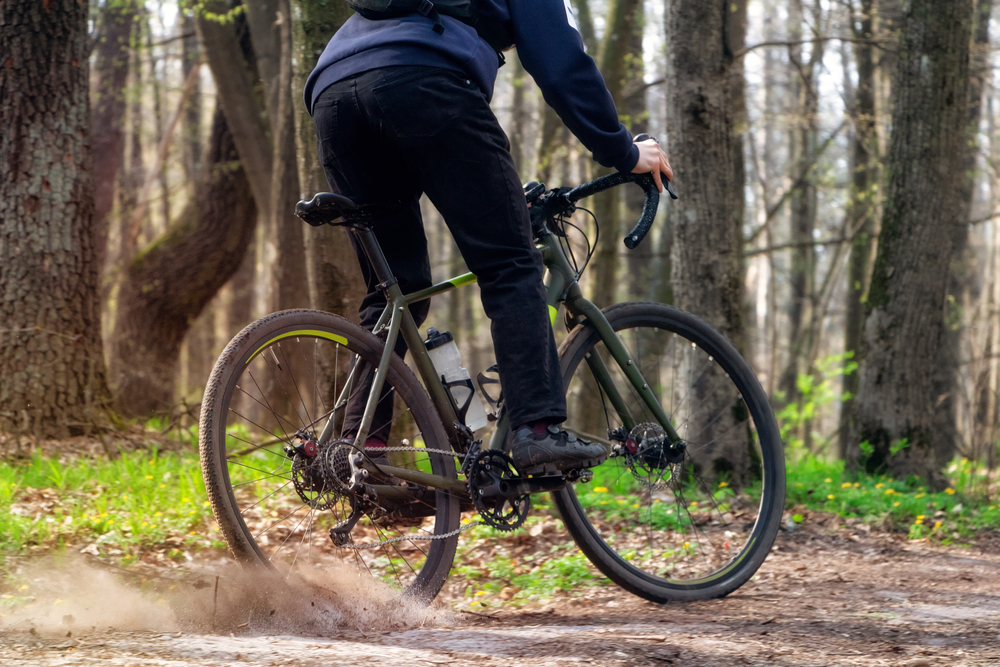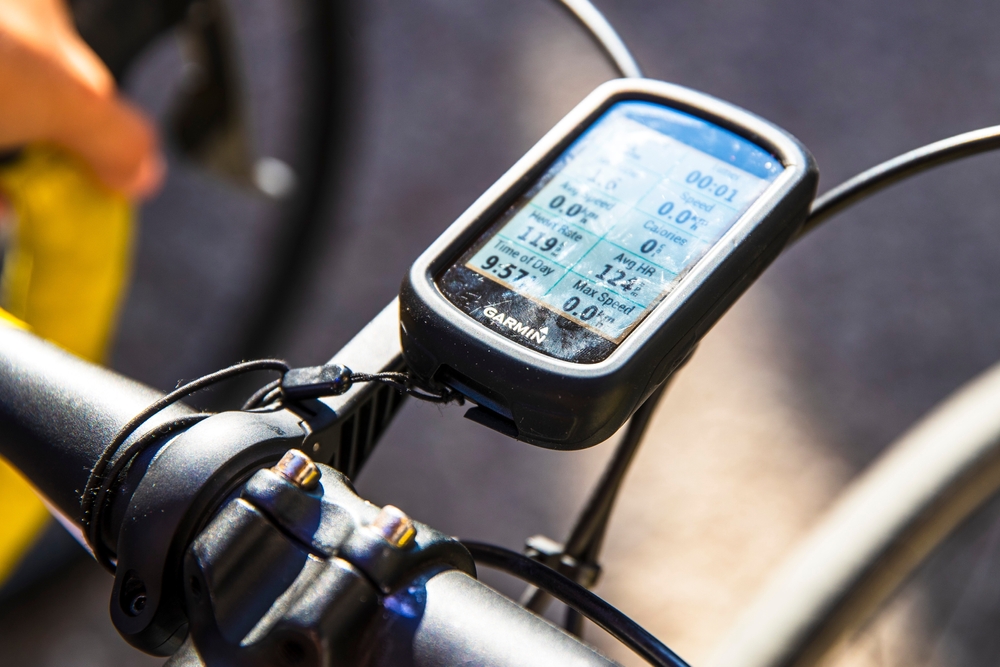Gravel Bike: The Versatile Machine for All Terrains
Gravel bikes bridge the gap between traditional road bikes and mountain bikes. They are designed for riding on unpaved surfaces like dirt roads, gravel paths, and forest trails. This versatility has made them popular among cyclists seeking adventure off the beaten path.
The Frame
Gravel bike frames are typically made from aluminum, carbon fiber, steel, or titanium. Each material offers different advantages. Aluminum is light and affordable. Carbon fiber provides a smooth ride and excellent vibration dampening. Steel is strong and has a classic feel. Titanium is both strong and light, with added corrosion resistance.
Geometry
The geometry of gravel bikes is distinct. These bikes often have longer wheelbases and slacker head angles compared to road bikes. This makes them more stable on rough terrain. The bottom bracket height is generally lower for better stability. The overall design encourages a more relaxed riding position, which is useful for longer rides on uneven surfaces.
Tire Size
One of the key features of gravel bikes is their ability to accommodate wider tires. Typical tire widths range from 35mm to 45mm or more. Wider tires allow for lower air pressure, which enhances comfort and traction on loose terrain. Some frames can even fit 650b wheels, which can further increase tire volume without affecting the bike’s geometry.
Gearing
Gravel bikes often come with a wide range of gears. This is important for tackling varied terrain, from steep climbs to fast descents. Many gravel bikes are equipped with 1x drivetrains, which simplify shifting by eliminating the front derailleur. Others use 2x drivetrains for more gear options. Both systems have their advantages depending on the terrain and the rider’s preferences.
Brakes
Disc brakes are standard on gravel bikes. They provide consistent and reliable stopping power in all conditions, which is crucial when riding off-road. Hydraulic disc brakes offer better modulation and power compared to mechanical disc brakes. Mechanical options are easier to maintain and may suffice for less demanding conditions.
Handlebars
Gravel bikes often feature flared drop bars. Flared bars have wider drops than the top portion, giving more control and stability on rough terrain. This design also makes it easier to shift hand positions during long rides, reducing fatigue. Some gravel bikes use flat or riser handlebars, borrowing more from mountain bike designs.
Mounting Points
Gravel bikes are loaded with mounting points for accessories. These can include mounts for water bottles, fenders, racks, and bikepacking bags. The ample mounting options make these bikes ideal for long-distance touring and bikepacking adventures. Some even come with integrated frame bags or custom mounts for extra gear.
Wheels
Gravel bike wheels are strong and durable to handle rough terrain. Many use tubeless setups, which allow for lower tire pressures without the risk of pinch flats. Tubeless systems also improve puncture resistance by using sealant that can fill small holes. Wheels can be either 700c or 650b, allowing riders to choose the best setup for their terrain and riding style.
Differences from Cyclocross Bikes
Gravel bikes and cyclocross bikes share some similarities, but there are key differences. Cyclocross bikes are designed for short, intense racing and have more aggressive geometry. They usually have less tire clearance and fewer mounting points for accessories. Gravel bikes prioritize comfort and versatility, making them more suitable for long rides and varied terrains.
Popular Models
- Cannondale Topstone
- Salsa Warbird
- Specialized Diverge
- Giant Revolt
- Trek Checkpoint
The Appeal
Gravel biking appeals to those who love exploration. The blending of road and off-road capabilities opens up numerous route possibilities. These bikes offer a unique blend of comfort, versatility, and performance. Riders can traverse paved roads, trails, and dirt paths all in one ride. The sense of adventure and freedom is a significant draw.
Gravel bikes are not just for hardcore enthusiasts. They cater to a wide range of cyclists, from beginners to seasoned riders. Their adaptability makes them a valuable addition to any cyclist’s collection. Whether you’re looking to explore rural backroads, commute through city streets, or embark on multi-day adventures, a gravel bike can handle it all.
“`






